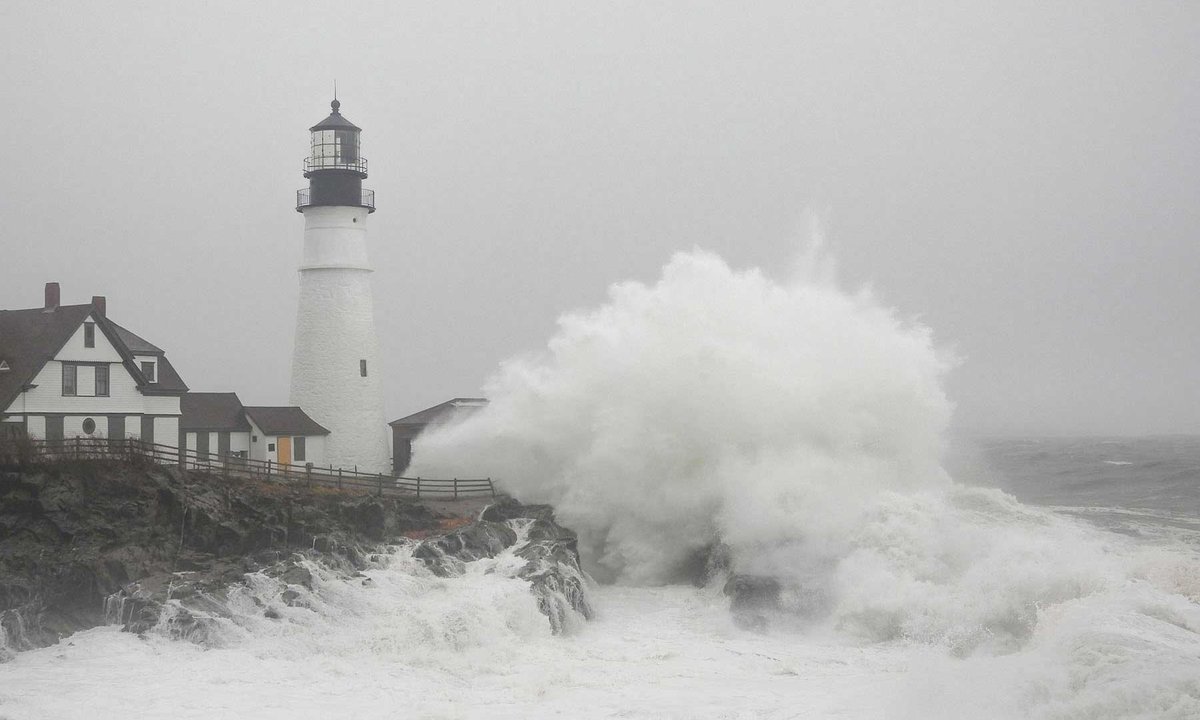Scientists have detected a shrinking in the areas of the planet’s clouds that help reflect the sun’s energy back into space which is amplifying the buildup of extra heat on the planet caused by the climate crisis.
The results of the research could be a major clue to the cause of a pronounced spike in global temperatures in 2023 and 2024 that broke records and both baffled and shocked scientists.
Scientists from Nasa and two universities analysed two types of satellite data that record cloud coverage and any changes in the amount of the sun’s energy being retained by the planet.
Dense blankets of cloud – the most reflective types – tend to occur at higher latitudes closer to the poles, which is where the study found cloud areas had shrunk by between 1.5% and 3% each decade over the past 24 years.
Prof Christian Jakob of Monash University in Australia, one of the study’s authors, said major wind systems were shifting towards the poles and this was squeezing the clouds together.
Those changes, he said, were consistent with forecasts from computer models of the many consequences of rising levels of CO2 in the atmosphere, caused mostly by burning fossil fuels.
“The models have predicted these changes in major wind systems so it’s not a surprise this shift is happening,” he said.
Clouds are critical
Clouds can both reflect the sun’s energy back out into space and help the planet retain heat: for example, warm nights are often associated with overcast skies.
But Jakob says the overall net effect of clouds is to cool the planet – meaning a shift to less clouds would have a warming effect.
Prof Matt England, a leading climate scientist at the University of New South Wales and who was not involved in the research, said: “Clouds are a critical component of Earth’s energy balance – any change in cloud cover will significantly impact how anthropogenic climate change plays out.”
He said the study, published in the journal Geophysical Research Letters, helped to explain the record global temperatures on land and in the ocean in 2023 and 2024 which he said was “off the charts”.
Climate scientists are still working to unravel the different potential causes for the major spike in global temperatures, with some pointing to cuts in sulphur dioxide pollution from global shipping. Those particles also reflect the sun’s energy and can also brighten clouds.
Others likely culprits for the 2023 temperature spike could be a lack of fine sand blowing over the north Atlantic (which can also lower temperatures locally) or an increase in atmospheric water vapour – a greenhouse gas – from a massive 2022 underwater volcanic explosion near Tonga.
Dr Martin Jucker, also of UNSW and who researched the volcano’s impacts, said climate models struggled to recreate how clouds would react to warming and so the study would help guide research and the development of models.
He said the research had shown what was known as “climate feedback”, where the clouds “react to the changes induced by increased greenhouse gases in the first place”.
But he said he was not convinced that a change detected in clouds over the past two decades could fully explain the sharp 2023 spike in global temperatures.
Science under attack
Jakob also warned the study relied on data from satellite instruments that were coming to the end of their lives and were owned by two American organisations, Nasa and the National Oceanic and Atmospheric Administration.
The Trump administration has earmarked both agencies for major budget cuts, with climate-related functions being particularly targeted.
“The US has carried a lot of the weight in providing critical observations for climate science in the past through its satellite programs,” he said.
“Given changing attitudes to climate science, it is important for the international community to find ways of maintaining a strong Earth observation capability, so that critical research reported here, can continue as our planet warms.
“It is important for all of us to realise that our climate does not care what people wish it to be, it only responds to our actions. Eliminating science that informs those actions is a perilous strategy.”









 English (US) ·
English (US) ·